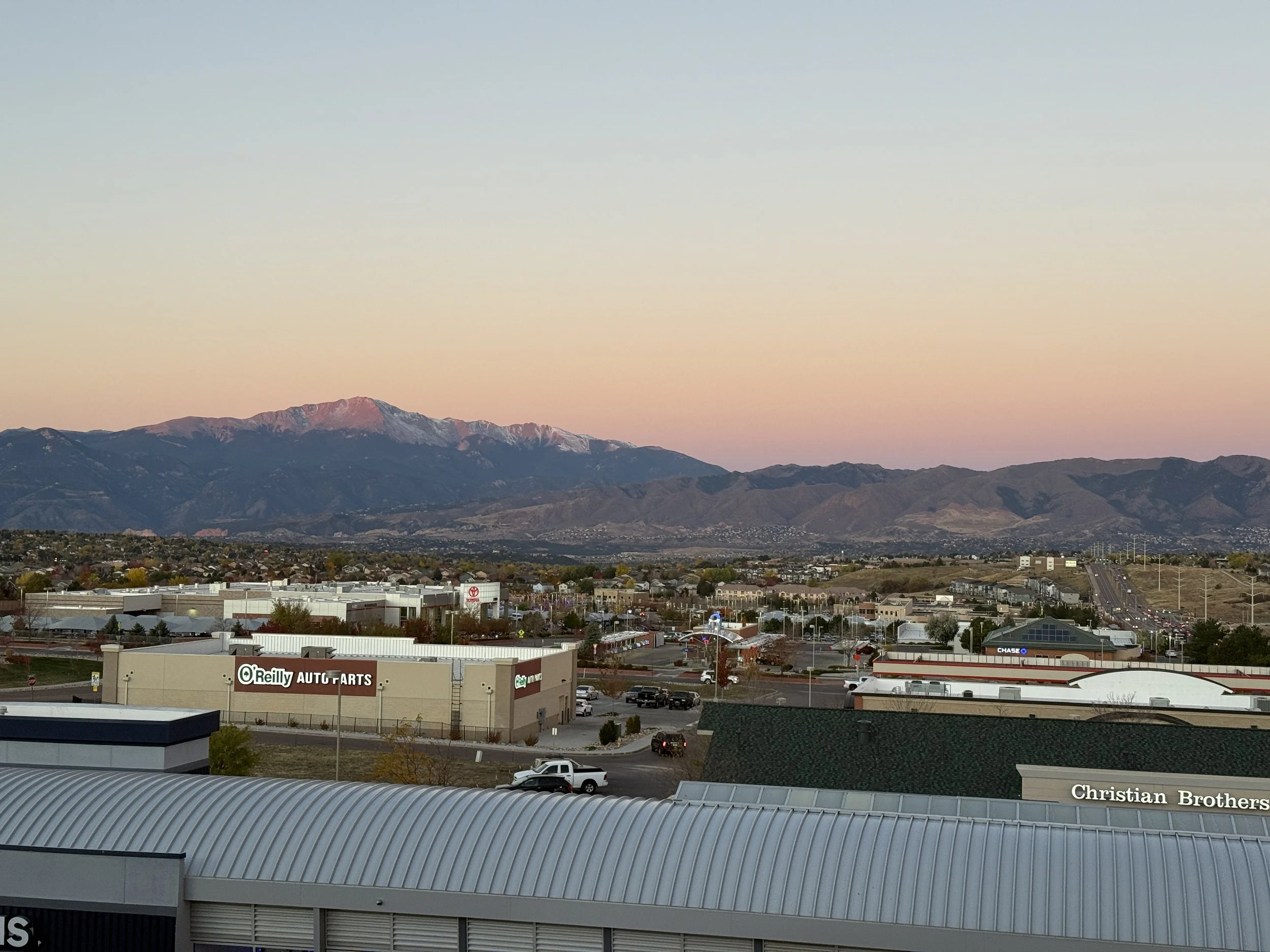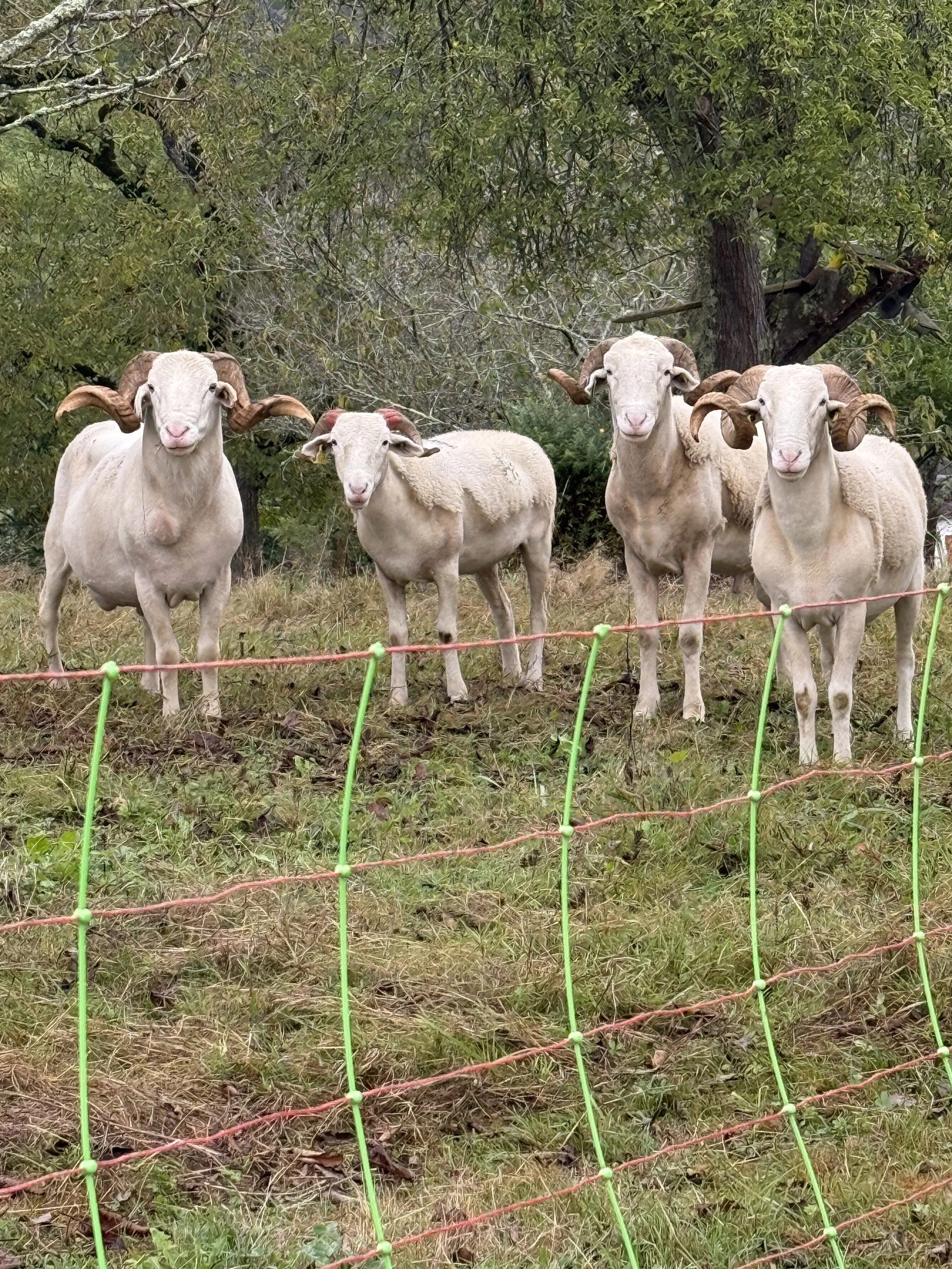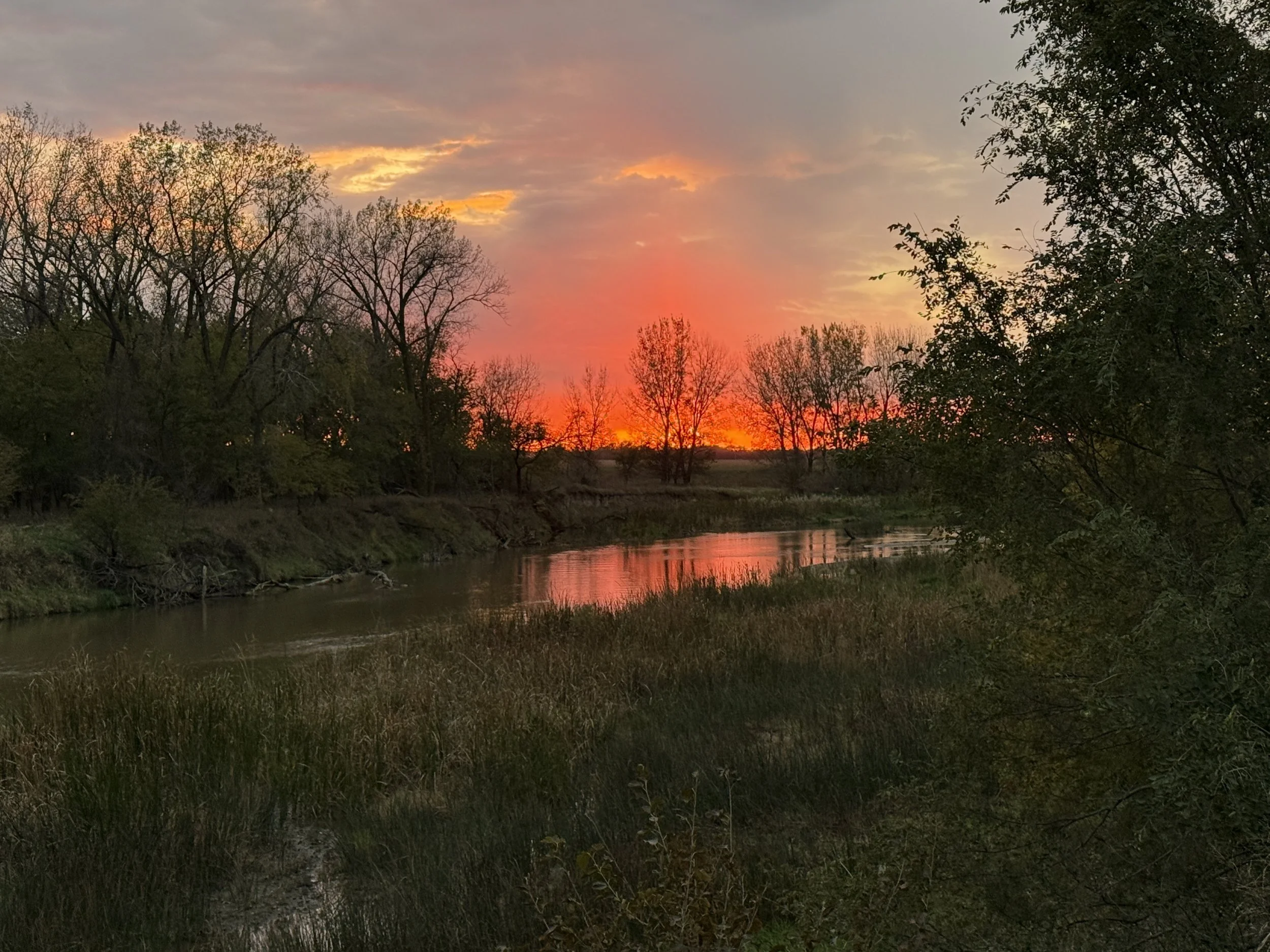The Hidden Downsides of Suburban Life After Early Retirement
Recently, a few nights in the suburbs are enough to remind me why I left them. The coffee shops are abundant, the stores are shiny, and everything you could possibly need is a short drive away. But after a day or two, I start to feel the undercurrent again — the traffic, the rush, the subtle hum of consumption. It’s a world built for accumulation, not for peace.
Behind every suburban dream is a landscape trying to escape.
The Suburban Mirage
On the surface, suburban life looks like success fulfilled. Wide streets, manicured lawns, and tidy homes signal comfort and security. These places serve people in their accumulation years — the decades when you’re building a career, perhaps raising children, and assembling the material structure of a middle-class life.
But when your priorities shift from building to living, the same environment can start to feel hollow. The energy that once fueled ambition begins to clash with a quieter kind of purpose: freedom, simplicity, and time.
From Building to Living
The suburbs are optimized for a life of striving. Every corner seems to whisper, upgrade, refresh, improve. A new SUV gleams at every light. Yards are groomed with military precision. People work long hours to maintain what they’ve built — often without noticing how tightly their environment reinforces the need to do so. After escaping the 9-to-5 grind, the rules of HOAs—and the Karens and Kens who enforce them—feel like another layer of the conformity you left behind.
In the deaccumulation years, those cues feel out of sync. Simplicity becomes a form of wealth. Experiences matter more than possessions. Instead of “more,” the question becomes, “What’s enough?”
The Hidden Cost of Convenience
Suburban convenience is seductive but costly. Every errand involves a car. Every social gathering seems to center on shopping, dining out, or a calendar filled to capacity. Even relaxation carries a faint sense of productivity — gym memberships, yard projects, home upgrades.
Traffic becomes more than a nuisance; it’s a symbol of friction. Every red light reminds me how much time suburban life quietly demands — in motion but rarely in presence.
By contrast, in the countryside or in a small European town, life slows to a human rhythm. You walk to the bakery, café or grocery store. You talk with the neighbors about the upcoming community events. You notice the weather. The infrastructure of life invites awareness instead of distraction.
“We’ve noticed your fence is letting in too much personality.” (Manech tête rousse sheep in Basque and Béarn regions of the French Pyrenees)
The Social Texture: Known or Anonymous
When I lived in the suburbs, I often felt like an anonymous person in a crowd. Most people were polite but distant. Everyone had their own sealed orbit — garage doors opening and closing like drawbridges.
In a small town, people know who we are. There’s a rhythm of recognition, a soft accountability that makes you feel seen. As we age, this human fabric matters more than convenience or choice. It’s not about being social every day; it’s about belonging somewhere.
“Privacy’s a myth, but at least the gossip’s local.”
The Geography of Meaning
Environment shapes mindset. The suburbs are engineered for comfort and conformity, not reflection or individuality. They remove friction, but they also remove texture. There’s little sense of season or land — just a sameness designed to be easy.
In the countryside, the world insists on awareness. You see the moonrise. You notice when the wind shifts. The physical world anchors you to time and place — a quiet reminder that life is cyclical, not linear. That awareness, I think, is part of aging well.
Freedom Has a Different Form
Financially, suburban living keeps you tethered to high fixed costs: property taxes, insurance, maintenance, two vehicles, lawn care. Even for the wealthy, those demands can subtly narrow freedom. In the deaccumulation phase, what you don’t have to manage becomes its own dividend.
Downsizing, simplifying, or living abroad turns resources into experience rather than upkeep. It’s not about frugality; it’s about optionality — the freedom to choose where your time and energy go.
“Unapproved lifestyle detected: barefoot in the grass.”
A Few Nights Are Enough
When I visit the suburbs now, I enjoy them briefly. I appreciate the restaurants, the ease of getting what I need, the brief dip into a familiar kind of order. But after a few nights, I’m ready for the countryside — whether that’s in Kansas or in a small French village.
The contrast sharpens what I value: quiet mornings, open space, a slower pulse. The suburbs served their purpose when I was building a life. But in the freedom years, I want to live that life, not manage it.
“Please submit a variance request before enjoying freedom.”
Choosing Depth Over Volume
In the end, it isn’t about rejecting the suburbs. It’s about recognizing that different seasons of life call for different environments. The accumulation years thrive on efficiency and growth; the deaccumulation years invite depth and meaning.
When I trade traffic for silence, or convenience for connection, I feel closer to the life I actually built - one measured not by what I have, but by how fully I inhabit it.
“The suburbs are tidy cages; the countryside is messy freedom.”





